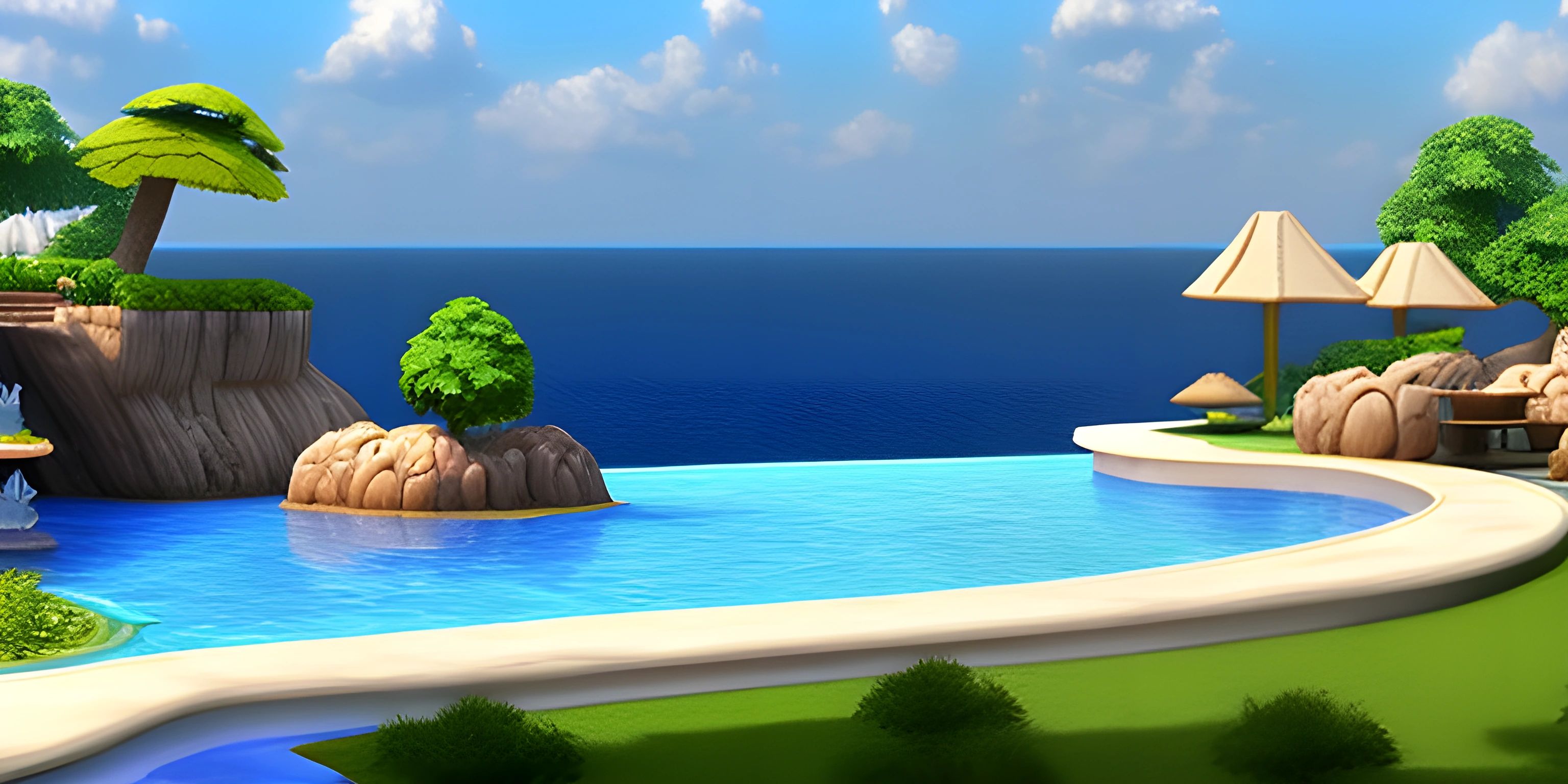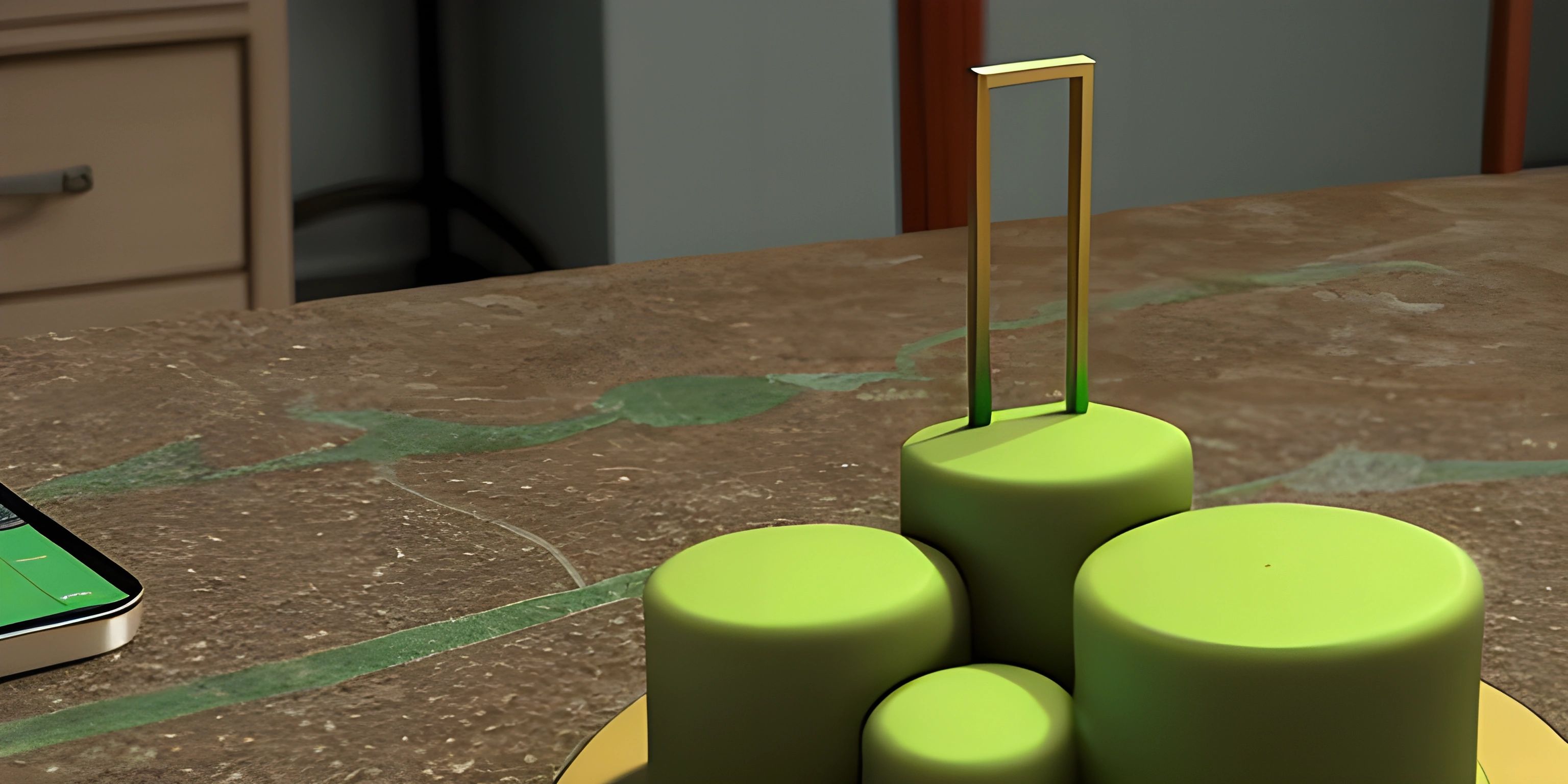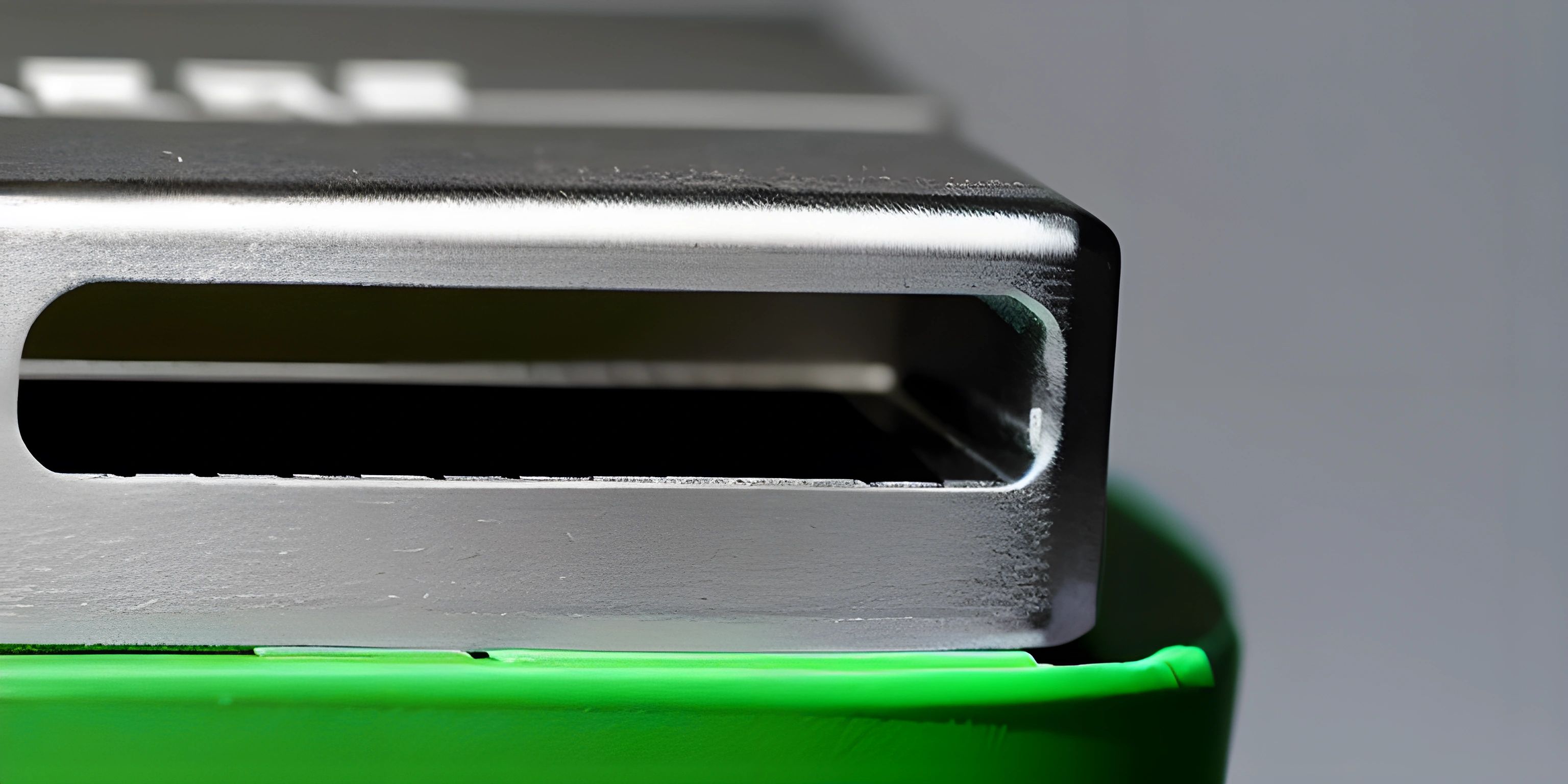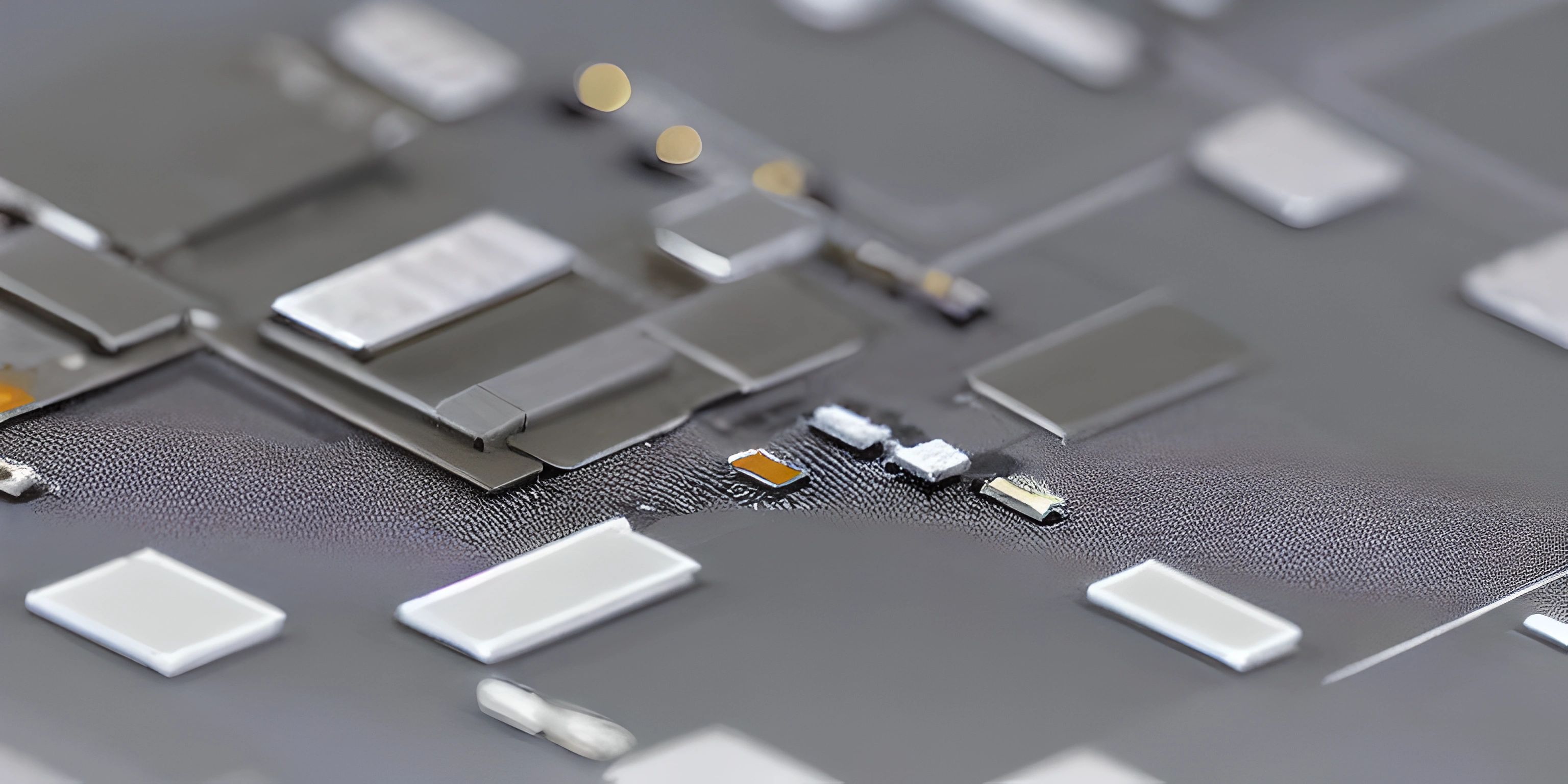The Beauty and Functionality of Server-Side Rendering (SSR)

Note: this page has been created with the use of AI. Please take caution, and note that the content of this page does not necessarily reflect the opinion of Cratecode.
Once upon a time in the realm of web development, there lived two siblings: Client-side rendering (CSR) and Server-side rendering (SSR). Both were powerful in their own right, but today, we'll focus on the older and wiser sibling, SSR. It's time to buckle up for a tour through the picturesque world of Server-side rendering.
The SSR Landscape
Let's start by understanding what Server-side rendering is. SSR is a popular technique for rendering a client-side or universal JavaScript application on the server. Here's the thing: When your browser requests a webpage, the server prepares the HTML and CSS, does the required processing, and then sends the fully rendered page back to your browser. This process contrasts with Client-side rendering, where the rendering happens in the user's browser.
The Mechanics of SSR
Picture SSR as a master chef. You place your order (make a request), the chef prepares your meal (renders your page), and then it's served to you ready to devour (sent to your browser). Delicious, isn't it?
Here's a bite-sized code snippet using Node.js and Express.js:
// Using Express.js and EJS for SSR
const express = require("express");
const app = express();
app.set("view engine", "ejs");
app.get("/", (req, res) => {
res.render("index", { message: "Hello, SSR!" });
});
app.listen(3000, () => console.log("Server running on port 3000"));In this example, res.render is our SSR hero. It creates an HTML string on the server, which then gets sent to the client.
The Benefits of SSR
SSR is not just a pretty face. It brings some practical benefits to the table. The rendered HTML from the server allows the page to load and display some content faster. This is a big thumbs-up for users with slower internet speeds or less powerful devices. Plus, search engine bots can crawl the page more effectively, improving SEO.
However, SSR isn't without its challenges. It can be more resource-intensive on the server-side, especially for large apps. The good news is, there's a middle ground - Universal (or Isomorphic) JavaScript applications, which utilize both CSR and SSR. But that's a tale for another time.
Hey there! Want to learn more? Cratecode is an online learning platform that lets you forge your own path. Click here to check out a lesson: Full-stack Web Frameworks (Next.js) (psst, it's free!).
FAQ
What is Server-Side Rendering (SSR)?
SSR is a technique in web development where the rendering of the webpage is done on the server, as opposed to the client's browser. The server processes the HTML and CSS, and sends the fully rendered page to the client's browser.
How is SSR different from Client-Side Rendering (CSR)?
In CSR, the rendering of the webpage happens directly in the user's browser, not on the server. This means that the user's device needs to have enough computational power to handle the rendering tasks. In contrast, SSR offloads this task to the server, which can lead to faster initial page loads and improved SEO.
What are the benefits of using SSR?
SSR can improve the performance of your application, particularly for users with slower internet connections or less powerful devices, as the server does all the heavy lifting. Moreover, it can enhance the SEO of your website, as search engine bots are able to crawl the page more effectively.
What are the potential downsides of SSR?
While SSR has its benefits, it can also be more resource-intensive on the server side, particularly for larger applications. This can lead to slower performance if the server is not well-optimized.
Is there a way to get the best of both SSR and CSR?
Yes, there is a technique known as Universal (or Isomorphic) JavaScript that combines SSR and CSR. In this approach, the initial rendering is done on the server (like in SSR), and subsequent updates are handled on the client side (as in CSR). This gives you the benefits of both techniques.





